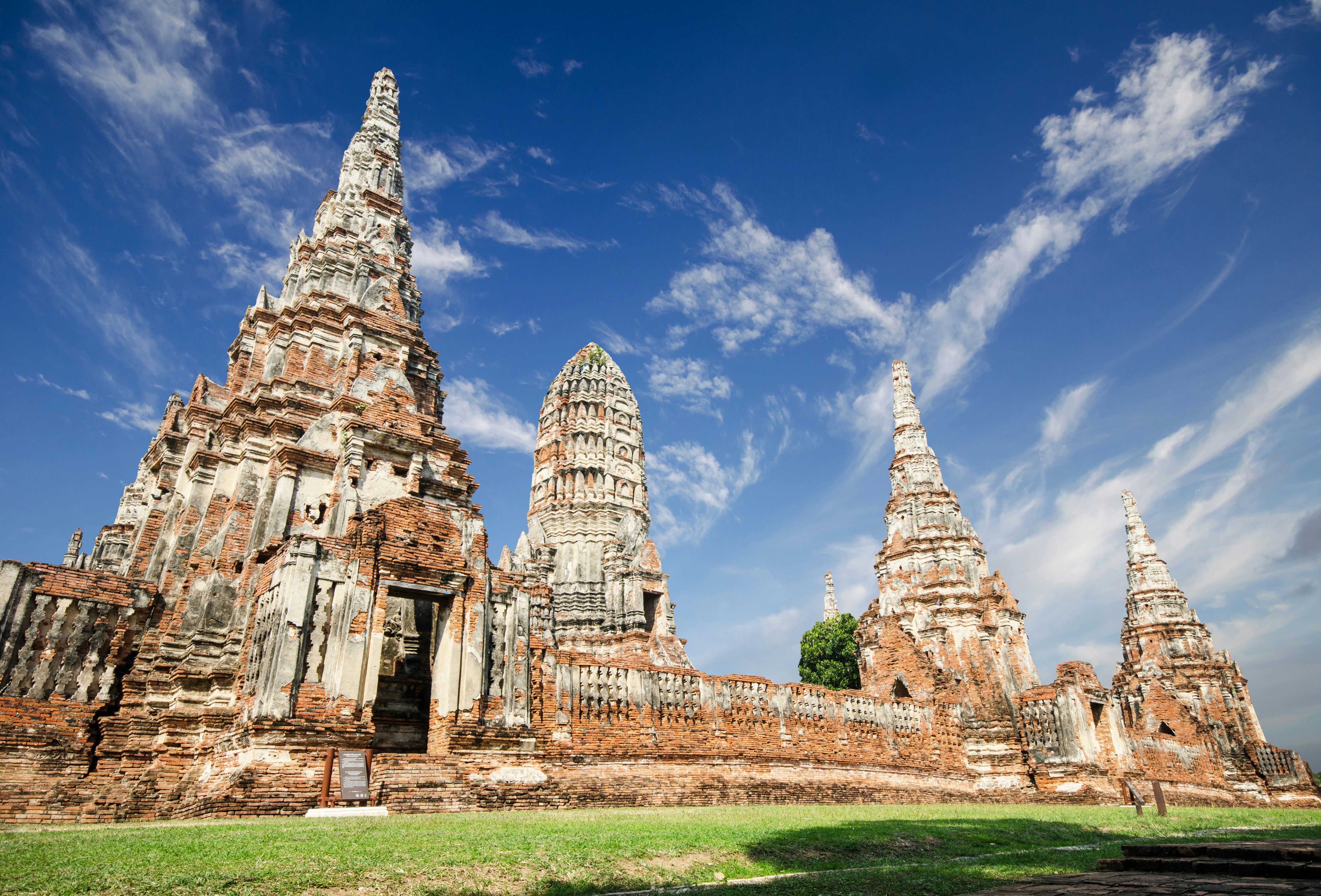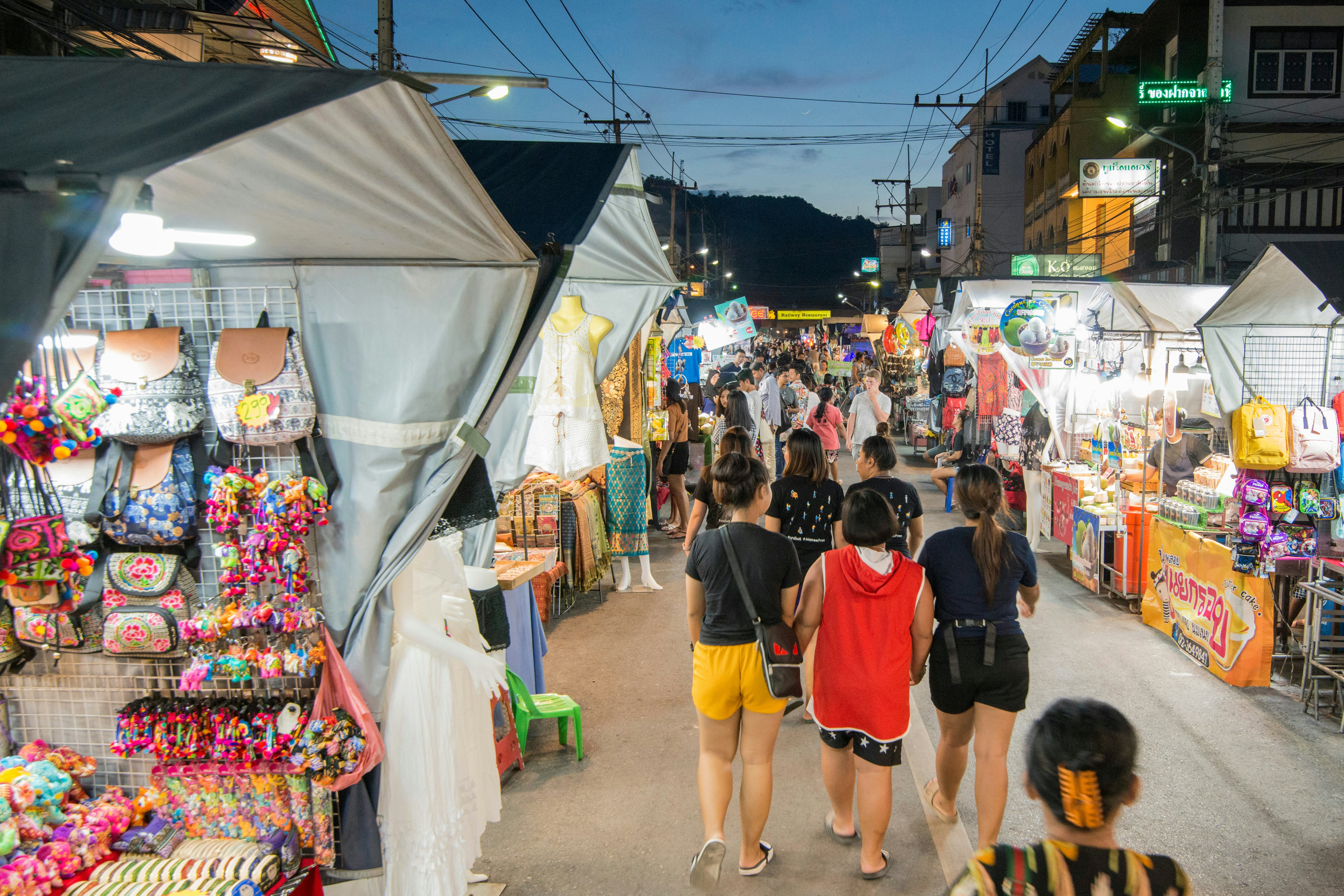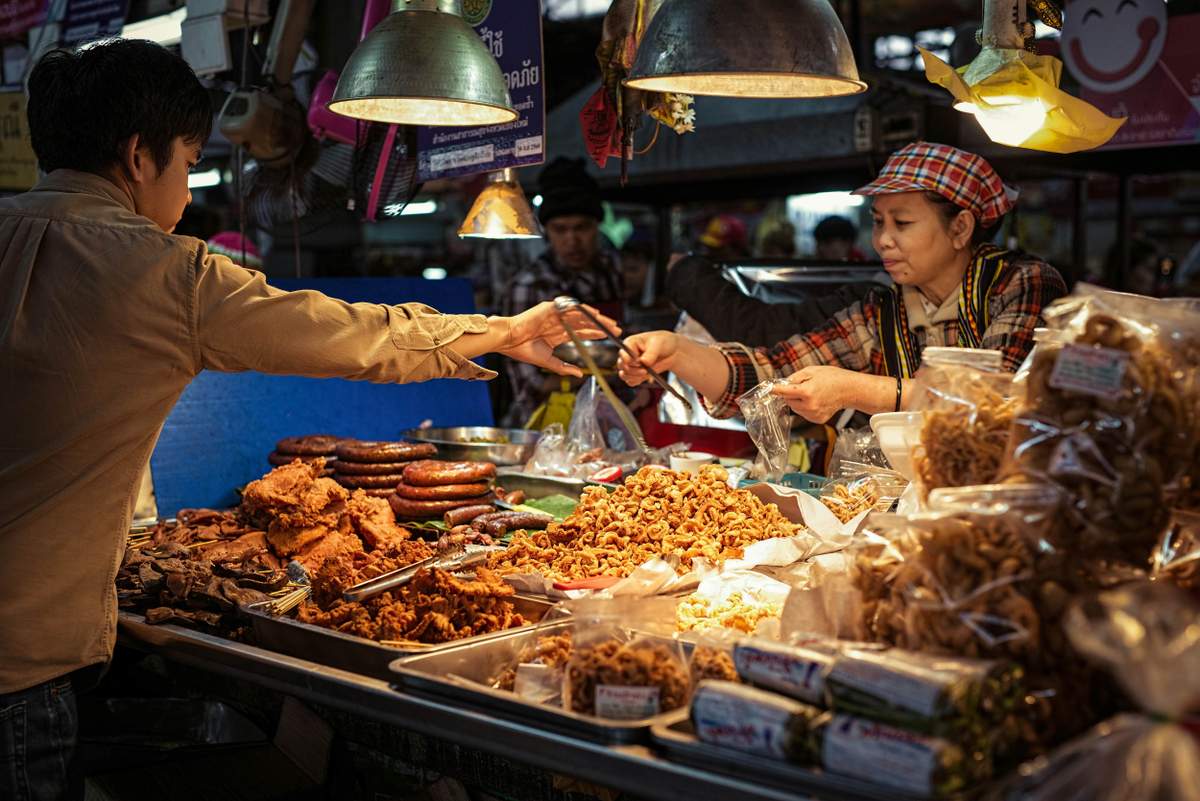A guide to Thailand: ethical escapes that are off the tourist path

Jun 19, 2025 • 7 min read

Ko Mak is a tiny island in the Gulf of Thailand near the Cambodian border. Luckies/Shutterstock
By now, the image of Thailand is etched firmly into the global imagination: bright blue waters, majestic golden temples, and iconic silhouettes of longtail boats drifting across sun-drenched coastlines. With the release of Season 3 of HBO’s The White Lotus, shot across the country’s most photogenic corners, Thailand has reentered the international spotlight. Add relaxed visa requirements and a favorable exchange rate to that, and it’s no surprise that the country has seen record-breaking tourist arrivals this past year – with no signs of slowing down.
But as travelers flock to familiar hubs like Phuket, Ko Samui and Ko Phi-Phi, many locals are sounding the alarm. Infrastructure is buckling, marine life is under threat, and the culture that once felt authentic is now often staged for mass consumption. For a country whose economy depends so heavily on tourism, how does Thailand welcome the world without losing itself in the process?
As a Thai born and raised travel writer, photographer, and the author of Lonely Planet’s Bangkok and Phuket guidebooks, I’ve witnessed firsthand the natural and cultural erosion in a place straining under the weight of popularity and being loved to death. How do we, as travelers, tread more lightly? Where can we go to travel more mindfully and meaningfully? And how can we balance accessibility while protecting what makes a place sacred?
From Ko Mak to Khao Lak to Kanchanaburi, here are my favorite places in Thailand where travelers can experience the country's complex history, conservation efforts, and authentic cultural tapestry, while minimizing the tourist toll in overcrowded hotspots.
Ko Mak: A slower island life
While crowds descend upon the party islands, Ko Mak offers a quieter kind of paradise. This tiny island in the Gulf of Thailand near the Cambodian border is reminiscent of the Thailand I remember twenty years ago: charismatic, slow-paced, and deeply local. It’s also quietly leading the charge in low-impact tourism.
A few short hours away from Bangkok via a 4.5-hour drive or a quick flight to Trat followed by a short speedboat ride, Ko Mak feels worlds away. Think charming coffee shops, friendly family-run eateries, and golf carts in lieu of cars. Stay at beachfront escapes like Little Moon or Hidden Beach Resort, and learn about the island’s rich heritage and history at the Koh Mak Museum – an old home from one of the island’s founding families that is now nestled beside Koh Mak Seafood.
Don’t miss a visit to Coral Gardeners Thailand, the newly launched branch of the global reef restoration organization, where travelers can witness marine conservation in action. Come sunset, head to Blue Pearl Bar at Cococape Resort – perched on a pier stretching out into the sea – for sweeping views and some of the friendliest bartenders on the island. The cherry on top? The island has the added benefit of being a viable option during Phuket and the Andaman Coast’s monsoon season. A win for all.

Ayuthaya: Echoes of an empire
No exploration of Thailand would be complete without a visit to Ayuthaya – the thriving ancient capital of Siam, just 90 minutes north of Bangkok. Once one of the wealthiest and most cosmopolitan cities in the region, Ayuthaya served as a major trading hub for ships carrying everything from spices to silk. Its golden era came to a violent end in 1767, when Burmese forces sacked the city – razing temples, looting palaces, and leaving much of it in ruins. The devastation led to the relocation of the capital to present-day Bangkok.
Visit the Japanese Village Museum, Portuguese Settlement, and Baan Hollanda (Dutch Center) for a glimpse into Ayuthaya’s global past. Then wander the ruins of Wat Mahathat and Wat Chaiwatthanaram, where crumbling stupas and headless Buddhas hint at what was lost. (Don’t be surprised to find shops renting Thai traditional garments for visitors to wear and take photos!) Ayuthaya can be done as a day trip, but staying overnight allows for deeper reflection and the chance to savor Ayuthaya’s most famous delicacy: grilled river prawns.
Kanchanaburi: A bridge Into the past
A few hours west of Bangkok, Kanchanaburi is an absolute must for history buffs. Made infamous by the 1957 film Bridge on the River Kwai, the province holds the tragic legacy of the Death Railway, where over 100,000 prisoners of war (POWs) and forced laborers died during WWII. Sites like Hellfire Pass, the Thailand-Burma Railway Center, and the Kanchanaburi War Cemetery offer powerful spaces of remembrance and a somber look into the past.
Yet, there’s more to Kanchanaburi than war. Visitors can hike the beautiful Erawan National Park’s tiered turquoise waterfalls, bamboo raft down the river, and stay in floating raft houses. While the region may be most known for its past, those who linger can discover a place far richer and resilient.

Hua Hin: A royal retreat, reimagined
For those craving coastal calm without the crowds, Hua Hin is a local favorite hiding in plain sight. Once a royal retreat, this beach town south of Bangkok has long attracted Thai families over international tourists. Its wide beaches, warm waters, and understated elegance offer a different pace from the party isles.
In recent years, Hua Hin has seen a slow bloom of organic farms, art spaces, and boutique stays. Evenings are best spent wandering the old town’s night markets, where seafood is still grilled by aunties who’ve been in the same stall for generations.

Khao Lak: Thailand’s burgeoning surf scene
Just north of Phuket, Khao Lak is often overlooked in favor of its flashier neighbor. But for those willing to veer off the tourist trail, this stretch of coastline offers something incredibly compelling: a vibrant surf scene.
When international borders closed during the pandemic, Thais turned inward – and in doing so helped popularize surf culture. On beaches once decimated by the 2004 tsunami, locals are now reclaiming the space, riding waves in places where grief once washed ashore. The sight of Thai surfers – many with skin tones long excluded from traditional beach imagery – is flipping the script on who "belongs" in the ocean. Surfing in Khao Lak feels like a quiet act of resistance – a symbol of political, cultural, and environmental freedom in a country grappling with change.
Stay at Apsara Beach Resort and check out the mellow, beginner-friendly waves at Pakarang Point and Memories Beach that roll in from May to October. Beyond the breaks, Khao Lak is also a gateway to the Similan and Surin Islands, the marine protected areas home to whale sharks, manta rays, and an abundance of coral gardens. Khao Lak isn’t a glossy beach curated for foreign consumption but something that feels distinctly more local. Here, the ocean becomes a space not just for play, but for identity and healing.
Ko Lipe and Tarutao National Park: Beauty in the deep south
Farther south, near the Malaysian border, lies Ko Lipe – a speck of an island with surreal white sands and blazing aquamarine water. Often dubbed the “Maldives of Thailand,” it isn’t the easiest island to reach, but its beauty rewards those who make the journey. From Bangkok, fly to Hat Yai (HDY), then transfer two hours overland to a pier in Satun Province and take a 1.5 hour boat ride. Just an hour’s walk from end to end, Lipe is a hub for scuba diving, fringed by coral-covered arches and frequented by whale sharks.
The island sits on the edge of Ko Tarutao Marine National Park, a 1500 sq km protected area encompassing more than 50 islands. Its largest, Tarutao, holds a haunting chapter in Thai history. Once a remote political prison in the 1930s and '40s, the island served as a place to exile dissidents and criminals. During WWII, supply chains to the prison were cut, which forced prisoners to survive off the land. Some resorted to piracy, attacking passing merchant ships and transforming the island from penal colony to pirate haven – a story so gripping it inspired the novel The Pirates of Tarutao by Paul Adirex, pen name of Thai politican Pongpol Adireksarn. Stories abound of shark-infested waters, man-eating crocodiles, and ghostly encounters. Many locals still believe spirits haunt the island.
Today, Tarutao is a protected sanctuary, where sea turtles come to nest. There are no luxury resorts – just park-run bungalows and campsites, a modest museum where visitors can see real artifacts from the prison era, and the sense that nature and history are equally alive.




